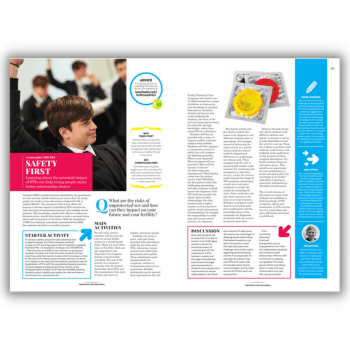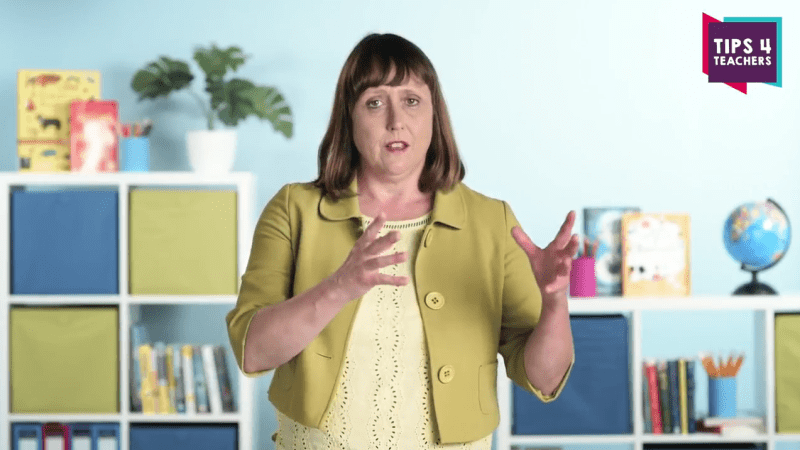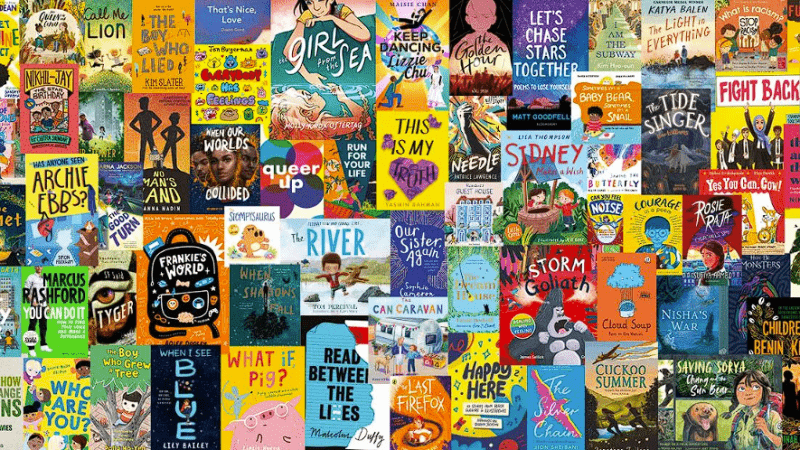3 things we’ve learnt about … teaching during lockdown

How successfully have schools and their staff been able to implement remote learning amid the COVID-19 pandemic? Laura McInerney examines the numbers…

1 | Most teaching now happens remotely
For decades, edtech evangelists have predicted that the time would come when all schooling happens online. And lo, the pandemic-prompted school closures made this come to pass! In the early days of the closures, our surveys showed that 7 in 10 teaches were doing all their teaching over the internet or ‘at a distance’. But how?
A few weeks prior to the school closures, half of all secondary schools were using online work-setting or gathering platforms; by the time the closures happened over 80% of secondary teachers were using platforms to send work and gather it back in. However, despite Facebook videos boasting of some teachers’ broadcasting prowess, only 4% of state secondary schools were streaming lessons from the outset, with around the same percentage using live chat platforms.
Much more popular has been the use of pre-recorded videos, either from specialist providers such as HegartyMaths, or produced by teachers themselves. The latter have typically involved teachers delivering lessons backed by PowerPoint presentations, with Loom the most popular screen and video recording software.
Private schools were much more likely to be using online conferencing, with around 1 in 3 teachers holding daily livestreamed lessons.
2 | Remote teaching means less work for teachers – for now…
In principle, advances in technology are supposed to result in more leisure time. In practice, of course, the opposite often happens. Consider how smartphones now allow work emails to follow you home.
It was initially unclear how the switch to remote learning would affect teacher workload, since mastering a new technology system is usually a hefty task. It also had to be done at a time when teachers had many other things on their plates, like ranking every student so that they could get a GCSE grade!
However, according to our polling of teachers, nearly three quarters found that the school closures and subsequent switch to distance learning have actually resulted in a reduction of their working hours. For a start, there’s been less marking to do. Some digital learning platforms automatically assess work submitted by students, and teachers have found that a smaller proportion of students are sending in work regularly.
Around half of secondary teachers also said their schools have either reduced or stopped teaching Y11 altogether, due to this year’s exam cancellations, thus shaving off a substantial part of their workload. Context, more than computers, therefore seemed to be a driver in this area.
3 | Not all students can access remote teaching
Once upon a time, the internet was chiefly seen as a distraction tempting students away from completing their school work; post-school closures, said work can’t be received without it. There’s a general feeling that once schools are back in session they might be able to offer more in the way of remote learning options, or better utilise pupils’ newly developed online skills.
Yet teachers estimate that the proportion of students with sufficient internet access for retrieving and completing the school work they’re assigned stands at 10%. That means that hundreds of thousands of students currently lack the connectivity needed to continue their education from home. It perhaps also explains why 81% of teachers told us that the most helpful thing their students could receive to support wider EdTech and distance learning efforts is free broadband access. This was especially the case for those teachers in the north-east and serving in the least affluent communities.
Ultimately, if remote learning is here to stay, we need to seriously look at how to make it more equitable.
For more snappy insights like this and to be part of the panel, please join in via the free Teacher Tapp app, available to download for iOS and Android; you will learn something new every day.












